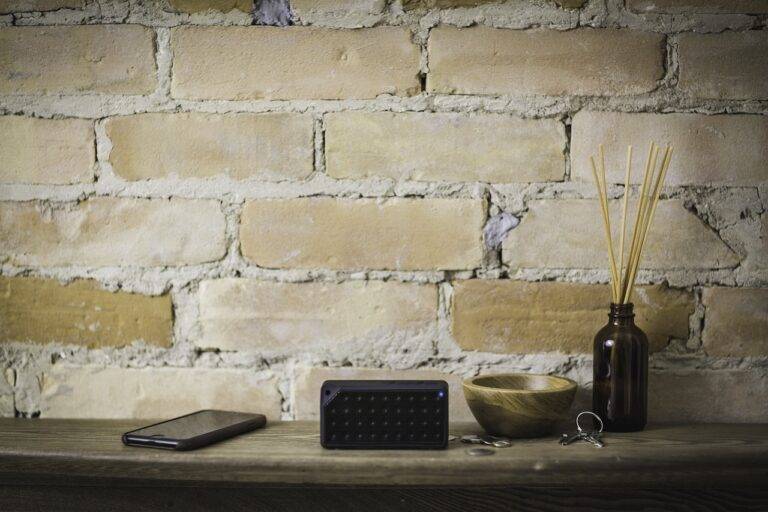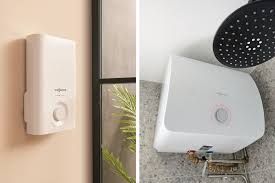Designing a Home with Universal Accessibility
One essential aspect of universal accessibility in home design is ensuring that all key living areas are easily navigable for individuals with varying mobility needs. This includes having wider doorways and hallways to accommodate wheelchairs and mobility aids, as well as ensuring that switches, outlets, and cabinets are easily reachable for all residents.
Another important consideration is creating a layout that minimizes the need to use stairs, such as incorporating a bedroom and a full bathroom on the main level. Additionally, installing grab bars and handrails in key locations, like bathrooms and stairs, can greatly enhance safety and accessibility for individuals with limited mobility. By addressing these key considerations in the design process, homes can be more inclusive and welcoming to residents of all abilities.
Assessing Needs and Requirements for Accessibility in Home Design
When designing a home with accessibility in mind, it is crucial to assess the specific needs and requirements of the individuals who will be using the space. Consider factors such as mobility constraints, sensory impairments, and any other limitations that may impact the overall design of the home. By understanding these unique needs, designers can create a living environment that is truly inclusive and accommodating.
Taking into account the layout and flow of the home is another essential aspect of assessing accessibility requirements. Ensure that there are wide doorways and hallways to accommodate wheelchairs and walkers, as well as properly placed light switches and outlets for easy reach. Additionally, paying attention to the height of countertops, the placement of grab bars in bathrooms, and the overall safety of the design are all critical considerations in creating a universally accessible home.
What are some key considerations for universal accessibility in home design?
Some key considerations include incorporating wide doorways, level thresholds, grab bars in bathrooms, and accessible kitchen features.
How can I assess the needs and requirements for accessibility in home design?
You can assess the needs and requirements by conducting a thorough evaluation of the individual’s mobility limitations, daily activities, and any potential challenges they may face in the home environment.
Are there specific design features that are essential for home accessibility?
Yes, some essential design features for home accessibility include stairlifts, ramps, accessible bathroom fixtures, lever door handles, and non-slip flooring.
How can I make my home more accessible without a major renovation?
You can make your home more accessible by adding handrails, grab bars, ramps, and shower seats. You can also rearrange furniture to create wider pathways and remove any tripping hazards.
What resources are available to help with designing an accessible home?
There are a variety of resources available, including accessibility consultants, occupational therapists, and online guides with tips and recommendations for designing an accessible home.






